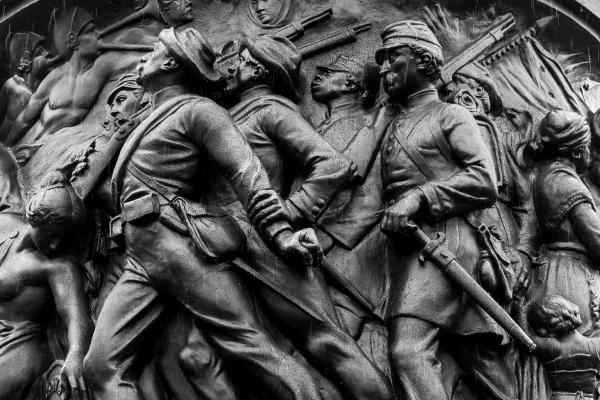MONUMENTS TO the heroes of the Confederacy that stood for decades in Southern parks and streets went unnoticed by many white people, but black Americans have always experienced them as insults and threats. Since Charlottesville, whether to take them down has become the focus of a national debate. After the white supremacist “Unite the Right” rally in August, cities across the former Confederacy and in border states—including Baltimore, Durham, N.C., and even Richmond, Va., the Confederate capital—have taken action or indicated plans to relocate their monuments.
The argument made by proponents of keeping Confederate statues in place—that they represent Southern heritage and we must not “erase history”—is patently false when one looks at why the monuments were erected. Most Confederate monuments were built during the Jim Crow era of the early 1900s and as a backlash to the civil rights movement in the 1950s and ’60s. They were never just about history or heritage, but rather were meant as a sign of resistance to black citizenship in America and a clear signal threatening terror against African Americans.
These monuments were built explicitly in defense of segregation and to glorify white supremacy. As such, they are and were always meant to be a racial rejection and assault to every black American who had to walk in their shadows, as well as all who fought to end slavery and discrimination during the Civil War and ever since.
Read the Full Article

